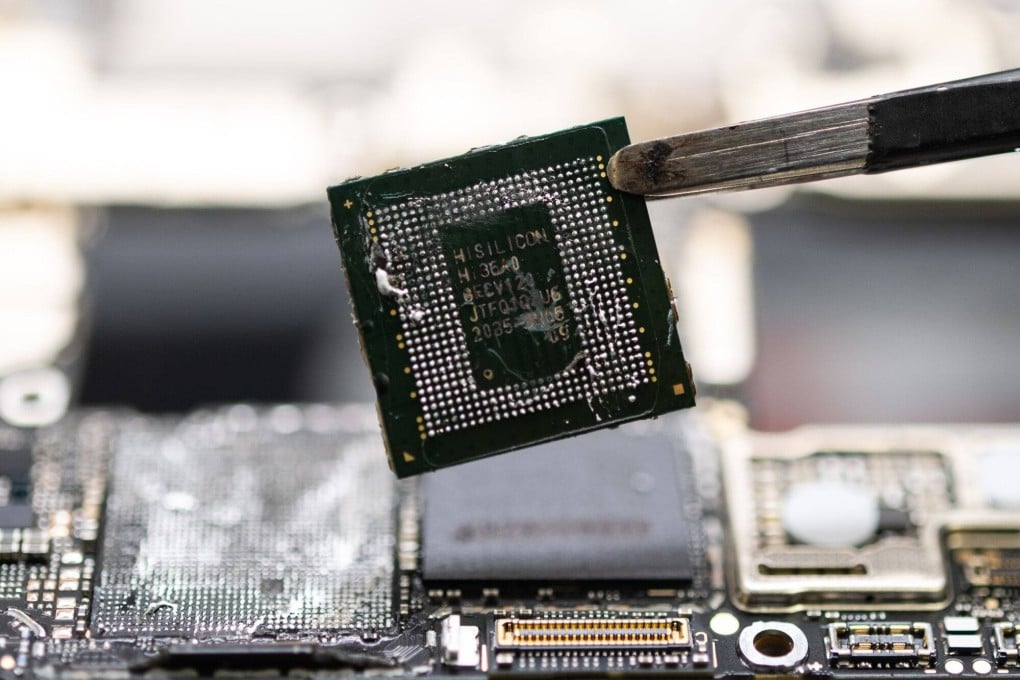Advertisement
Tech war: top Chinese chip maker SMIC under the spotlight for ‘breakthrough’ 5G processor used in Huawei’s latest Mate smartphone
- One analyst said SMIC used its deep-ultraviolet lithography machine to make the Kirin 9000s processor, while another said Huawei built the 5G chip
- Mainland China’s development of a new 5G chip amid US sanctions is expected to prompt another round of investigation by Washington
Reading Time:3 minutes
Why you can trust SCMP
44

Huawei Technologies’ latest 5G smartphone has thrown an intense spotlight on Semiconductor Manufacturing International Corp (SMIC) after a third-party teardown of the handset indicated that mainland China’s top contract chip maker was behind its advanced processor, which could prompt US government action for violating existing trade sanctions.
SMIC’s share price has gained nearly 20 per cent in Hong Kong and 15 per cent in Shanghai since Huawei launched presales of its new Mate 60 Pro last week, as investors bet that the country’s largest semiconductor foundry produced the Kirin 9000s chipset that powers the smartphone.
Canadian semiconductor research firm TechInsights said in a report that SMIC made the Kirin 9000s via its 7-nanometer process, known as the N+2 node, fuelling speculation that the chip maker was helping Huawei clandestinely overcome stifling US tech sanctions.
SMIC, which was added to the US Entity List in December 2020, did not immediately respond to a request for comment on Tuesday. Huawei, which was put on that trade blacklist in May 2019, declined to comment.

That breakthrough in developing a new 5G processor in mainland China is expected to not only prompt another round of investigation by Washington, but also intensify the US-China tech war.
Advertisement